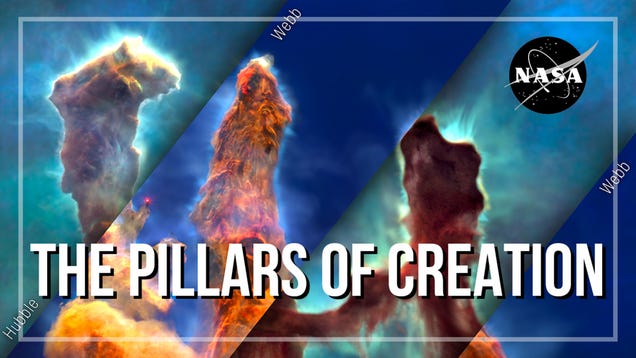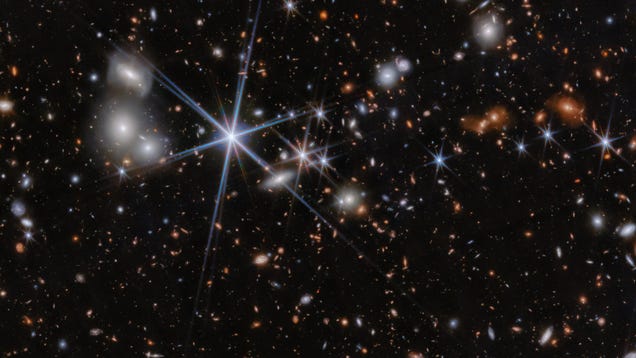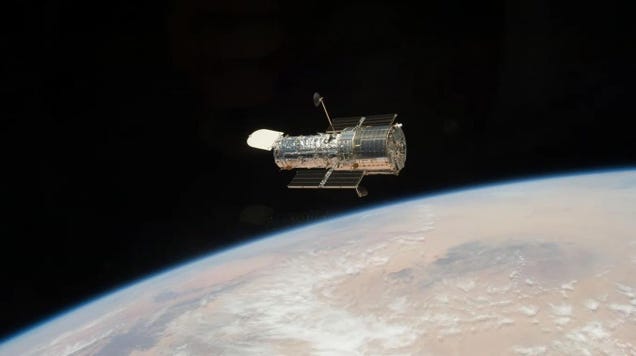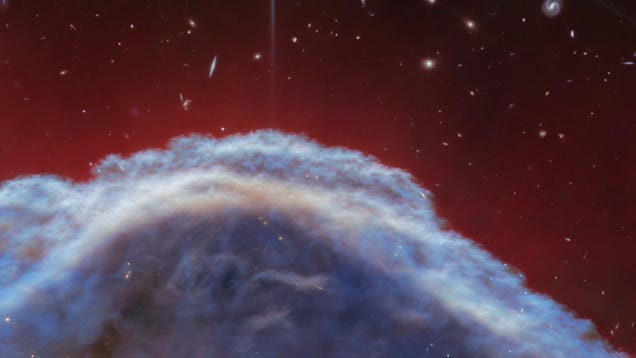

The shimmery towers of cosmic dust and gas at the heart of the Eagle Nebula have inspired awe for decades since they were first captured by the Hubble telescope.

The cutting-edge Webb Space Telescope has spotted the most distant black hole merger yet, which occurred when the universe was just 740 million years old. It’s the first time astronomers have seen a merger so early in the universe’s history, making it a record breaker.

Update: April 30, 4:22 p.m. ET: NASA says Hubble is back online and resuming science duties, doing so on April 29. “The spacecraft is in good health and once again operating using all three of its gyros,” the space agency said.

The Webb Space Telescope has given us another cosmic treat. The young observatory captured a closer look of the ethereal clouds of dust and gas that form a nearby nebula, illuminated by a companion star in the constellation Orion.





